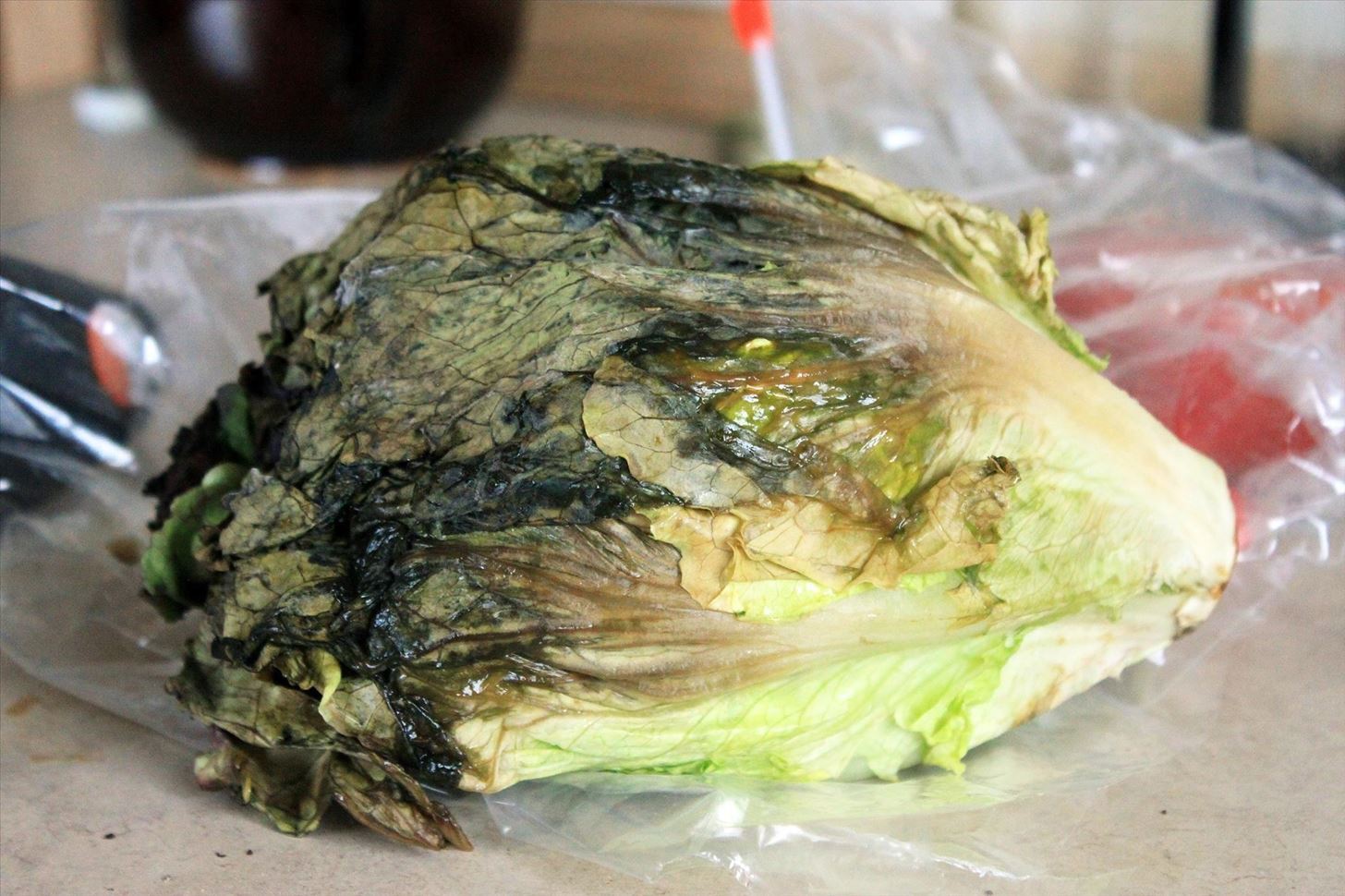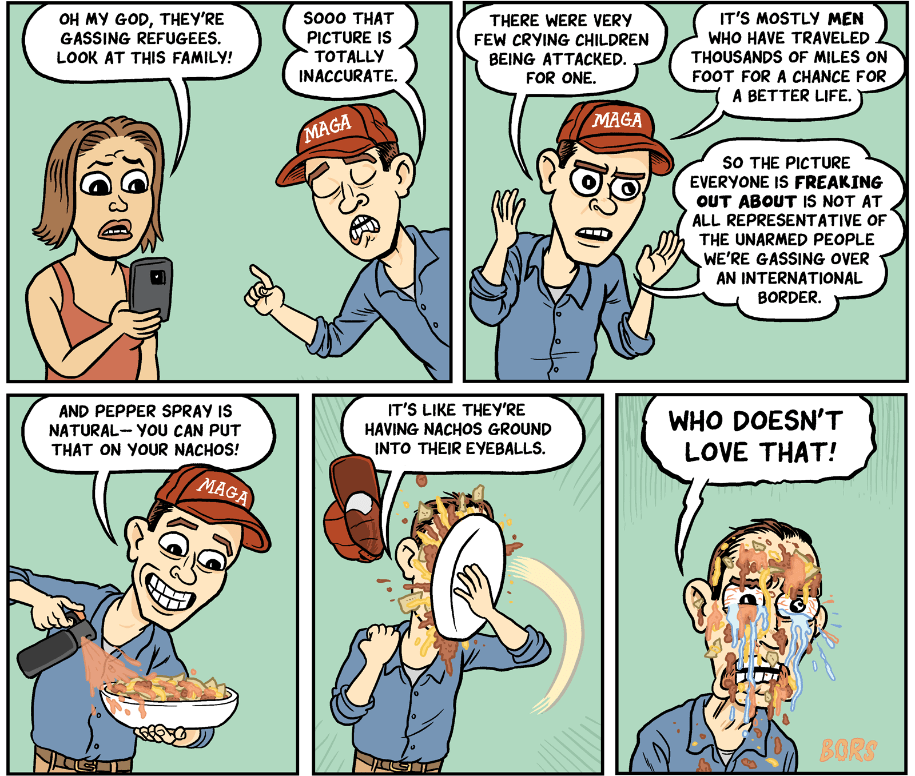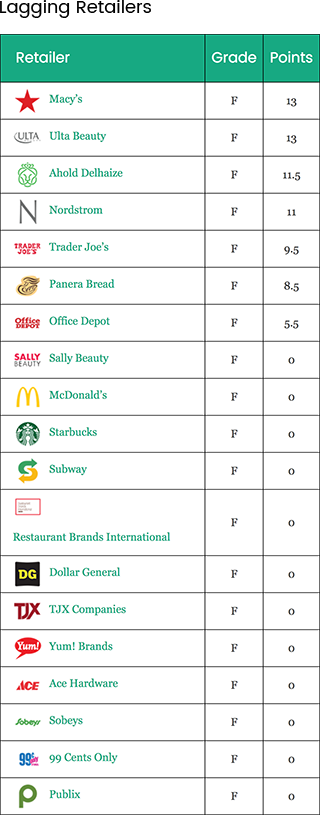FDA
believes it has found the source
FDA
Commissioner Scott Gottlieb, M.D
 The U.S. Food and Drug
Administration, along with the Centers for Disease Control and Prevention and
state authorities, continues to investigate a multistate outbreak
of E. coli O157:H7 infections associated with consumption of
romaine lettuce in the U.S.
The U.S. Food and Drug
Administration, along with the Centers for Disease Control and Prevention and
state authorities, continues to investigate a multistate outbreak
of E. coli O157:H7 infections associated with consumption of
romaine lettuce in the U.S.
As of Nov. 26, 2018, this outbreak has resulted in
43 people becoming ill in 12 states, with the last reported illness onset date
being Oct. 31, 2018. An additional 22 people in Canada have become ill, and the
FDA and our partners are also coordinating the investigation with Canadian
health and food safety authorities.
As we continue to
investigate this outbreak, today the FDA is announcing new steps to help
consumers better identify where their romaine is grown through voluntary
labeling.
To prevent additional
cases of E. coli O157:H7, on Nov. 20, 2018 the CDC advised the
public not to consume romaine lettuce and to destroy any romaine lettuce in their
homes.
At the same time, the FDA requested that all romaine lettuce on the
market, including in restaurants and other commercial establishments, should be
withdrawn and destroyed.
The FDA made this request because initial information
available at that time had not identified a likely source for the outbreak that
would allow a targeted request, it was likely romaine lettuce contaminated
with E. coli O157:H7 that could cause illness was still
available on the market, and a market withdrawal was the fastest way to remove
potentially contaminated product.
The romaine lettuce industry agreed to comply
with the FDA’s request to withdraw any romaine lettuce on the market on that
date, and available information suggests this action was effective in removing
potentially contaminated romaine lettuce from retail establishments.
Over the Thanksgiving
holiday, the FDA continued to investigate the outbreak.
Our investigation at
this point suggests that romaine lettuce associated with the outbreak comes
from areas of California that grow romaine lettuce over the summer months, and
that the outbreak appears to be related to “end of season” romaine lettuce
harvested from these areas.
The involved areas include the Central Coast
growing regions of central and northern California.
The FDA is continuing
tracebacks of romaine lettuce from locations where impacted consumers purchased
or consumed romaine lettuce before they became ill in order to identify
specific locations that are the likely source of the outbreak and to determine
the factors that resulted in contamination.
Through laboratory studies we have
identified that the E. coli O157:H7 strain causing the
outbreak is similar to one that produced an outbreak of E. coli O157:H7
in the fall of 2017 that also occurred in the
U.S. and Canada, which was associated with consumption of leafy greens in the
U.S. and specifically romaine lettuce in Canada.
Based on further
discussions with the leafy greens industry and with agricultural authorities,
we have begun to narrow the location in which we believe the contaminated
romaine in the current outbreak was grown. At the time of the outbreak, the
vast majority of the romaine on the market was being grown in the Central Coast
region of California.
Since, then harvesting of romaine lettuce from this
region has ended for the year.
Growing and harvesting of romaine lettuce is now
shifting to the winter growing regions of the U.S., which include mainly the
California desert region of the Imperial Valley, the desert region of Arizona
in and around Yuma, and Florida.
Romaine lettuce grown in Mexico is exported to
the U.S. during the winter months. Smaller quantities of romaine lettuce are
grown in other states.
At this time, the FDA has no information to suggest any
of these growing areas are involved in the current outbreak, which began well
before any romaine lettuce from these winter growing locations was available
for harvest.
In addition, hydroponic romaine lettuce and romaine lettuce grown
in green-houses is also marketed in the U.S., but there is no information to
suggest these products are implicated in any identified E. coli O157:H7
outbreak.
The FDA believes it
was critically important to have a “clean break” in the romaine supply
available to consumers in the U.S. in order to purge the market of potentially
contaminated romaine lettuce related to the current outbreak. This appears to
have been accomplished through the market withdrawal request of Nov. 20, 2018.
Knowing the growing
origin of produce will continue to play an important role in allowing consumers
to avoid contaminated products and facilitating market withdrawals and
tracebacks.
That’s why we previously called on the romaine lettuce industry to
provide unambiguous and clear information to consumers regarding where their
lettuce was grown and when it was harvested.
To this end, the FDA
recently participated in discussions with the major producers and distributors
of romaine lettuce in the U.S. and with the major trade associations
representing the produce industry regarding product labeling and dating to
assure consumers that any romaine lettuce that will come onto the market is not
associated with the current outbreak of E. coli O157:H7.
The
labeling will identify the origin of the romaine based on harvest region, along
with the date of harvest. This can improve the ability of the FDA to provide
more targeted information to consumers in the event of a future outbreak of illness.
The FDA also has commitments from the romaine lettuce industry that such
labeling will continue into the future and become the standard for their
products.
In addition, the leafy
greens industry has agreed to establish a task force to find solutions for long
term labeling of romaine lettuce and other leafy greens for helping to identify
products and to put in place standards for traceability of product.
The task
force will also examine information from this outbreak to identify measures
that led to its occurrence and how to prevent ongoing safety problems with
romaine lettuce. One outcome could be to extend the commitment for labeling for
origin and date of harvest to other leafy greens.
Therefore, the FDA is
issuing the following updated advice as part of our investigation and public
warning:
Based on discussions
with major producers and distributors, romaine lettuce entering the market will
now be labeled with a harvest location and a harvest date. Romaine lettuce
entering the market can also be labeled as being hydroponically or greenhouse
grown. If it does not have this information, you should not eat or use it.
If consumers, retailers, and food service facilities are unable to identify
that romaine lettuce products are not affected – which means determining that
the products were grown outside the California regions that appear to be
implicated in the current outbreak investigation -- we urge that these products
not be purchased, or if purchased, be discarded or returned to the place of
purchase.
Romaine lettuce that
was harvested outside of the Central Coast growing regions of northern and
central California does not appear to be related to the current outbreak.
Hydroponically- and greenhouse-grown romaine also does not appear to be related
to the current outbreak. There is no recommendation for consumers or retailers
to avoid using romaine harvested from these sources.
The FDA has urged
growers, processors, distributors and retailers to:
- clearly and
prominently label all individually packaged romaine products to identify
growing region and harvest date for romaine; and
- clearly and
prominently label at the point of sale the growing region when it is not
possible for romaine lettuce suppliers to label the package (e.g. individual
unwrapped whole heads of romaine lettuce available in retail stores).
We hope that growers,
processors, distributors and retailers will join us in our effort to protect
consumers by applying these labeling recommendations to their products.
We
remain committed to identifying ways to decrease the incidence and impact of
foodborne illness outbreaks, and will continue to provide updates on our
investigation and changes to our advice on romaine lettuce as more information
becomes available.
 Pay close attention to
the front page story in Wednesday’s New
York Times about Paul
Manafort’s lawyer cooperating with Trump’s lawyers.
Pay close attention to
the front page story in Wednesday’s New
York Times about Paul
Manafort’s lawyer cooperating with Trump’s lawyers. 




















